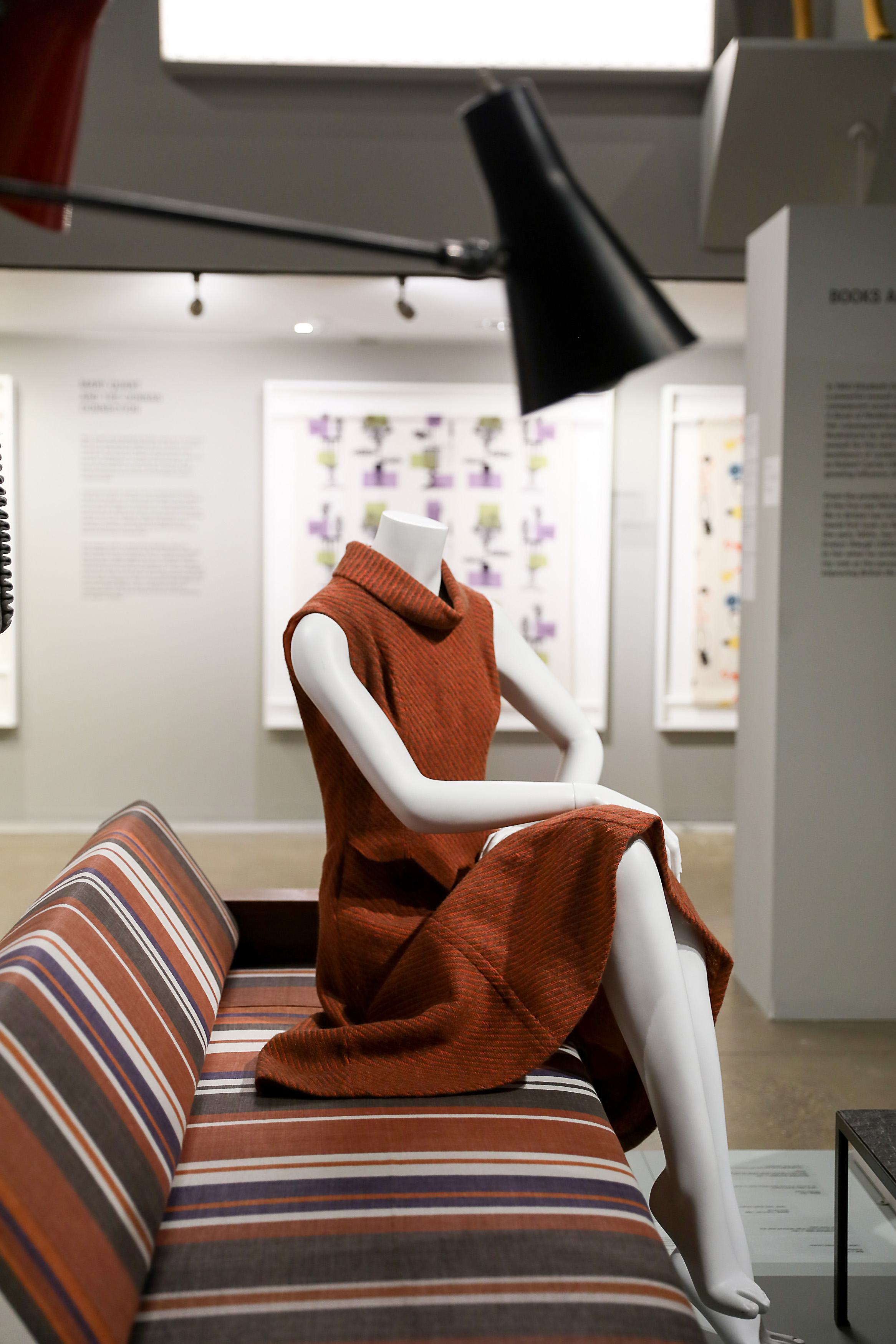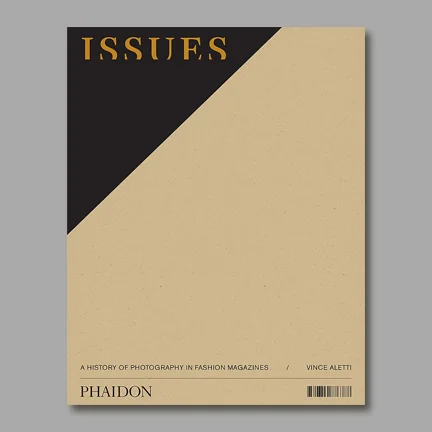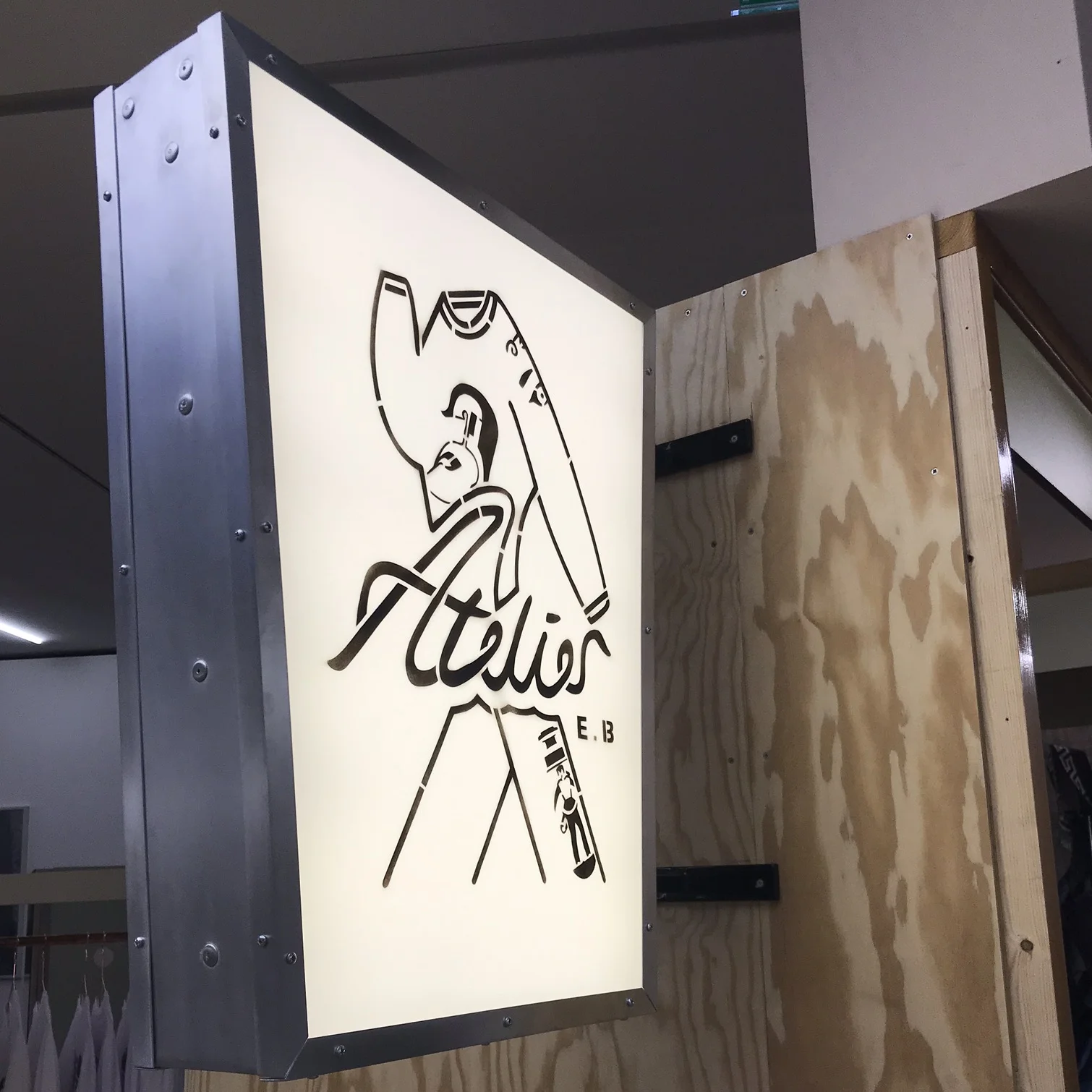Review: A Tale of Two Quants
Swinging London: A Lifestyle Revolution/Terence Conran – Mary Quant
at the Fashion and Textile Museum (FTM) (8 February – 2 June 2019)
and Mary Quant at the Victoria and Albert Museum (6 April 2019 – 16 February 2020)
Photo courtesy of the Fashion and Textile Museum, London
More frequently than one might imagine, multiple fashion exhibitions on similar topics pop up around the same time. The Museum at FIT ran Force of Nature in 2017; one year later, the Victoria and Albert Museum (V&A)’s Fashioned from Nature opened. The Museum of Fine Arts in Boston’s #techstyle overlapped with The Metropolitan Museum’s Manus x Machina: Fashion in an Age of Technology. While it is not unusual for trends in fashion exhibitions to occur, it is somewhat unusual for two museums in the same city to be running concurrent exhibitions on almost the exact same subject. But that is what is happening in London with the Fashion and Textile Museum (FTM)’s Swinging London: A Lifestyle Revolution/Terence Conran – Mary Quant and the V&A’s Mary Quant.
Though very closely related, these exhibitions are not identical in subject, curatorial approach, or objects. In fact, they were conceived separately and it is therefore only a coincidence that they overlap by two months. Rather than compete, they complement one another. While the FTM’s exhibition looks widely at many designers involved in the “Chelsea Set,” the V&A’s focuses on Quant specifically. That being said, the FTM does feature Quant quite heavily, creating an intersection of period and topic.
Photo courtesy of the Fashion and Textile Museum, London
Swinging London looks more broadly at all design aspects of the “youthquake” that took place in London between 1952 and 1977. It places emphasis on Quant and her friend Terence Conran, but it also looks at other influential mid-century designers such as Bernard and Laura Ashley and Eduardo Paolozzi. The first floor features early Quant designs, Conran textiles and furniture, and a recreation of Conran’s lifestyle store Habitat. This highlights how Quant and Conran not only revolutionized design, but also the shopping experience. Low-slung furniture, pre-miniskirt designs, and various ephemera present a complete image of how the Chelsea Set designed their lives, while the recreated shop and a small collection of pieces designed for JC Penney demonstrate their marketing techniques.
Upstairs, the exhibition looks at Bernard and Laura Ashley’s beginnings through examples of their simple clothing and textiles, before turning back to Quant. Two armies of mannequins wear brightly-colored Quant coats with a rainbow of tights underneath. One of these displays focuses on Quant’s innovative use of PVC, while the other shows a range of wool and fur coats. Around the corner, a display of Quant jewelry and makeup demonstrates how she developed a lifestyle brand in the sixties. Next, a small display places one of Quant’s designs within the zeitgeist: the Liberty-print suit on display is also seen on actress Jane Asher in an image from 1966’s Alfie. Sewing patterns, boots, PVC bags, and tights packaging continue the lifestyle brand theme before the final display shows a collection of garments by designers Quant admired including Coco Chanel and Pierre Cardin.
While Swinging London features a handful of designers, Mary Quant at the V&A is a true monograph. Rather than trying to capture the Chelsea Set in whole, the exhibition focuses solely on Quant’s designs. Covering a similar period, Mary Quant opens with the same drop-waisted, 1920s-inspired dresses and pajamas with which the FTM exhibition opened, but the two shows quickly diverge. The exhibition continues with more of Quant’s very early designs, including a feminine lace dress she wore herself in 1961. The display cases on the first floor offer a combination of clothing, magazines, images, and things like a shopping bag from Quant’s store Bazaar. Each display case has at least four ensembles and the vibrant colors bring Swinging London to life.
Photo courtesy of the Victoria and Albert Museum, London
The clothes on display are a mix from among the V&A’s own collection, pieces borrowed from other museums, and pieces that were loaned or donated in response to a call for contributions last year. The #WeWantQuant campaign saw an overwhelming response and adds a personal dimension to the exhibition, as anecdotes are offered about to where and by whom the clothes were worn. With a wide array of pieces on display, visitors can see how varied Quant’s designs actually were, especially in the earlier years. There are several surprising pieces that don’t fit the typical Quant aesthetic. Here, like at the FTM, there is also a display of PVC coats and JC Penney pieces.
Photo courtesy of the Victoria and Albert Museum, London
Moving upstairs, a line of mannequins wearing typical Quant pieces harkens the arrival of the miniskirt. Here, the looks that have come to be closely associated with Quant have their moment: jersey “Banana Split” dress, colorful raincoats, androgynous styles, and playful accessories find their home. Mannequin legs in colorful tights, a variety of colored boots, and more makeup sit alongside the “Daisy” doll, which wore miniature versions of Quant’s clothes. These dolls are dotted throughout this level next to the pieces that inspired their clothes. Two beautiful examples of homemade Quant designs are on display upstairs, too, in front of those sewing patterns. As the exhibition moves into its final displays of Quant’s later 1970s designs, there are videos of sixties models remembering their time wearing Quant while images of women in their Quant designs are projected onto the center wall.
The two exhibitions, though alike in concept, offer two very different experiences. The FTM’s show, while still offering plenty of fashion, also offers other pieces of design to present a complete picture of Swinging London and how Quant interacted with other designers during the period. Meanwhile, the V&A’s exhibition zooms in on Quant’s story and the “normal” lives her designs touched, which is where it really shines. When I visit fashion exhibitions, I often wonder who wore the clothes, where they wore it, and ow they felt. With the call for contributions, the V&A collected stories in a powerful recording of personal history, demonstrating the who, what, where, when, why, and how of these designs.
Adding to this story are relevant markers of the history of the period. Something as small as mentioning that when Quant and her husband and business partner, Alexander Plunket Greene, flew from London to New York in 1960, it was just two years after the first transatlantic commercial flight reminds the visitor of the time in which these designs were being produced.
Another feature that successfully contextualizes the exhibition is the discussion of the cost of some of the garments. Again, this is not something that we often see in fashion exhibitions, but seriously helps to understand who might have been wearing these pieces. It also helps to differentiate between Quant’s different lines: a 1962 blouse from the Mary Quant London label cost 6 guineas, or about £143 today, while a dress from her more accessible line, The Ginger Group (launched in 1963), cost the same. Presenting the price of pieces, along with the stories and historical context, allows the clothing to be more than just pretty designs to look at; they become windows onto the past.
Photo courtesy of the Fashion and Textile Museum, London
While both exhibitions try to capture the rise of youth culture through design, it is the V&A that succeeds in translating that energy into the experience. Though it picks up later in the exhibition, the scenes that open Swinging London bring to mind less a miniskirt wearing teenager than visiting the home of an affluent middle-aged couple. While the brightly adorned mannequins upstairs bring more energy to the exhibition, their static stances dampen it so that it just doesn’t quite capture the vigor. Meanwhile, at the V&A, bold colored backgrounds and mannequins with a sense of movement – in stances that look like they’re strutting the runway or about to dance – help bring the designs to life. You can feel the feverish quality of the period: there’s even a mannequin lying on its back with its feet in the air mimicking a model’s pose.
The tight focus of Mary Quant also helps with its successful execution. While the FTM’s wider scope allows for a more nuanced picture of Swinging London, the different designers actually fracture the story so that it’s not a cohesive narrative. Downstairs, there’s a focus on Quant and Conran, with other designers thrown in, while upstairs it focuses more on Quant with a small section dedicated to the Ashleys. The exhibition would have been better served to look more tightly at Quant and Conran without adding the noise of the other designers, while the V&A’s sole focus on Quant allows for a tighter execution.
Photo courtesy of the Victoria and Albert Museum, London
With such similar subjects, it’s somewhat surprising to find that there is not very much overlap between the two exhibitions. There are only a handful of identical repeat pieces with some similar garments in different colors or materials making their way into each show. This actually presents a unique opportunity to see a more complete picture of Quant’s collections: instead of seeing just one piece in the beige polka dot material from the JC Penney line, for example, you can see a skirt suit and a pinafore from the same collection. These different perspectives are a delightful treat for visitors to both shows.
Of course, these exhibitions have different pieces, alternative goals, differing subjects, and diverging narratives. Mary Quant has the might of the V&A behind it while the FTM has a smaller space, team, and relies on outside collections to execute its vision. Both offer new perspectives on Swinging London and, when seen together, they present a broad view of the design and shopping revolution that occurred in London from the late 1950s into the 1970s. And really, what more can you ask for than two exhibitions on Swinging London style?
Because, even 70 years later, we still want Quant.








